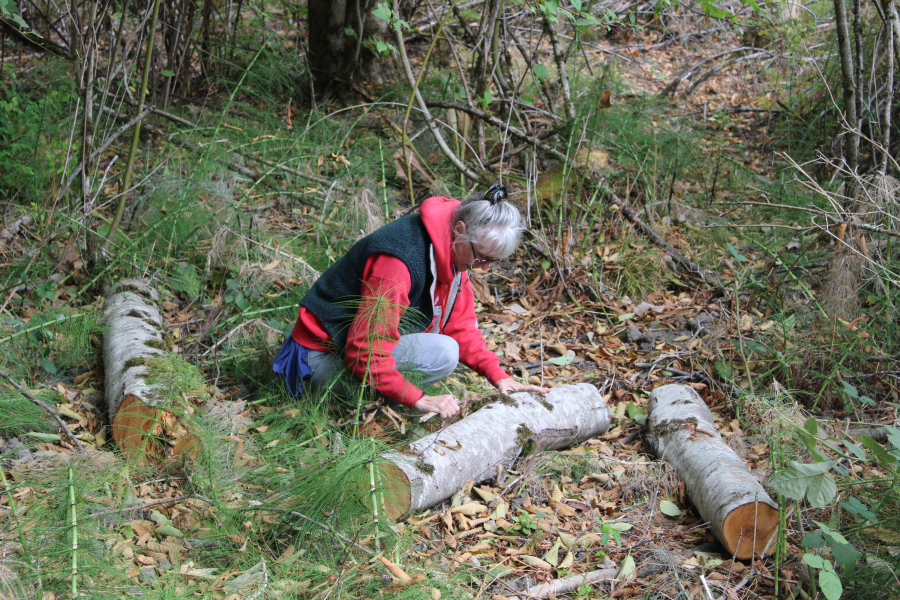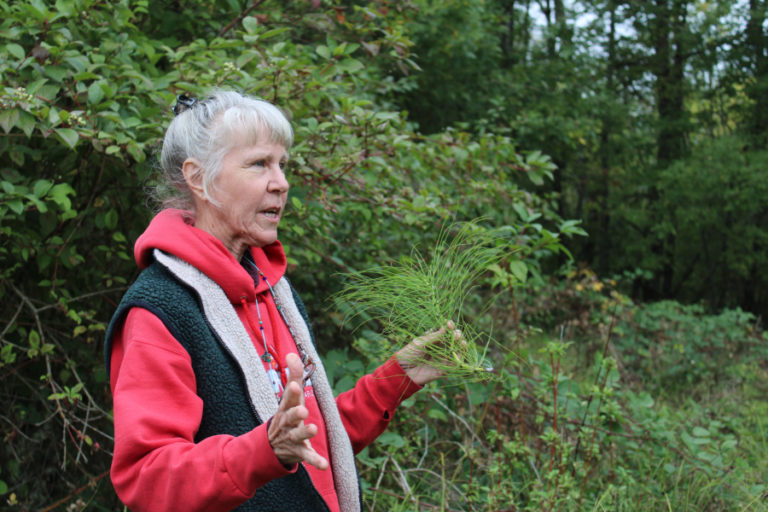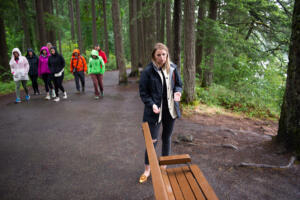The Camas Bee Lady is wading into the muck, pulling a log from the mire, hunting for signs of bugs, snakes, frogs or, really, any living critter.
“Normally, you would see beetles here, lots of beetles,” Susan Knilans, also known affectionately as the “Camas Bee Lady,” says as she turns over another log. “But there’s nothing here. That’s not a good sign.”
Knilans has come to the marshy, overgrown area located between Camas’ lakeside Lacamas Shores housing development and Lacamas Lake to see for herself what happens when an area once considered a state-of-the-art biofilter spends at least two decades in a state of disrepair.
“When you see it from the Heritage Trail, it just looks like an abandoned wastewater slough,” Knilans said of the Lacamas Shores biofilter.
The biofilter is supposed to look more like a meadow than an overgrown wetlands choked out by alder trees, blackberry brambles and other invasive plant species.







